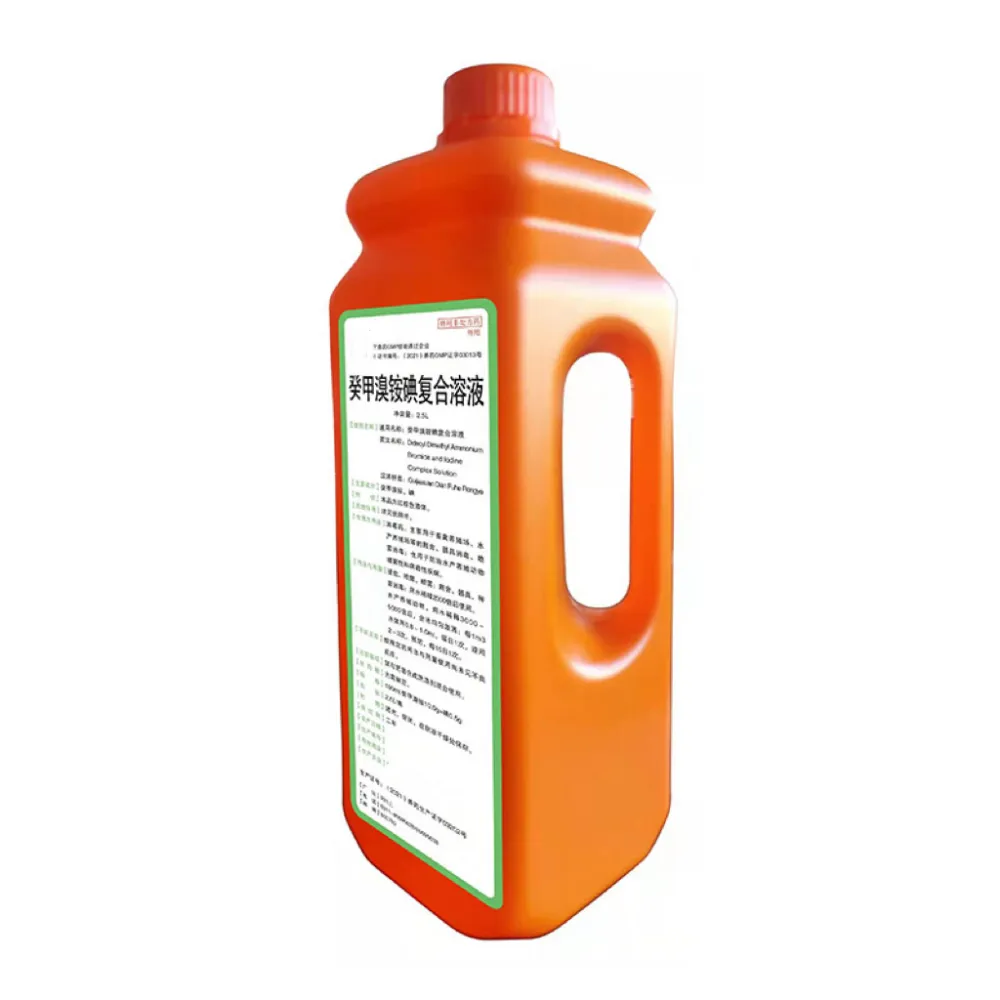- Afrikaans
- Albanian
- Amharic
- Arabic
- Armenian
- Azerbaijani
- Basque
- Belarusian
- Bengali
- Bosnian
- Bulgarian
- Catalan
- Cebuano
- Corsican
- Croatian
- Czech
- Danish
- Dutch
- English
- Esperanto
- Estonian
- Finnish
- French
- Frisian
- Galician
- Georgian
- German
- Greek
- Gujarati
- Haitian Creole
- hausa
- hawaiian
- Hebrew
- Hindi
- Miao
- Hungarian
- Icelandic
- igbo
- Indonesian
- irish
- Italian
- Japanese
- Javanese
- Kannada
- kazakh
- Khmer
- Rwandese
- Korean
- Kurdish
- Kyrgyz
- Lao
- Latin
- Latvian
- Lithuanian
- Luxembourgish
- Macedonian
- Malgashi
- Malay
- Malayalam
- Maltese
- Maori
- Marathi
- Mongolian
- Myanmar
- Nepali
- Norwegian
- Norwegian
- Occitan
- Pashto
- Persian
- Polish
- Portuguese
- Punjabi
- Romanian
- Russian
- Samoan
- Scottish Gaelic
- Serbian
- Sesotho
- Shona
- Sindhi
- Sinhala
- Slovak
- Slovenian
- Somali
- Spanish
- Sundanese
- Swahili
- Swedish
- Tagalog
- Tajik
- Tamil
- Tatar
- Telugu
- Thai
- Turkish
- Turkmen
- Ukrainian
- Urdu
- Uighur
- Uzbek
- Vietnamese
- Welsh
- Bantu
- Yiddish
- Yoruba
- Zulu
8 月 . 12, 2024 18:34 Back to list
Safe Methods for Administering Ivermectin to Dogs for Effective Treatment and Care
How to Inject Ivermectin in a Dog A Complete Guide
Ivermectin is a widely used medication for treating various parasitic infections in dogs, including heartworm, mites, and certain intestinal parasites. Proper administration of ivermectin is crucial for ensuring your dog's health and safety. This article will provide you with a comprehensive guide on how to inject ivermectin in a dog, along with important precautions and considerations.
Understanding Ivermectin
Ivermectin belongs to a class of drugs known as avermectins, which work by targeting the nervous system of parasites, leading to their paralysis and death. It's important to note that not all dogs can safely receive ivermectin; certain breeds, especially those with the MDR1 gene mutation, may have adverse reactions to this medication. Therefore, it is vital to consult your veterinarian before administering ivermectin to your dog.
Consulting Your Veterinarian
Before giving ivermectin, schedule an appointment with your veterinarian. They will assess your dog's health, determine if ivermectin is appropriate, and calculate the correct dosage based on your dog's weight and the specific condition being treated. Dosages can vary, and your vet will provide you with tailored guidance. Remember, never administer medication without professional advice.
Gathering the Necessary Supplies
If your veterinarian prescribes an injectable form of ivermectin, you'll need to gather some supplies
1. Ivermectin vial Ensure it's a veterinary-formulated product. 2. Syringe A sterile syringe suitable for injection. A smaller gauge needle is often better for dogs. 3. Alcohol wipes To disinfect the injection site and the vial's rubber stopper. 4. Cotton ball or gauze To apply pressure after the injection if necessary.
how to inject ivermectin in a dog

Preparing for the Injection
1. Wash your hands Good hygiene is essential to prevent infection. 2. Choose the injection site Common injection areas for dogs include the scruff of the neck, the thigh muscles, or the shoulder. Consult your veterinarian about the best location for your dog. 3. Disinfect the injection site Use an alcohol wipe to clean the area where you will inject the medication. 4. Draw the medication Remove the cap from the syringe and insert the needle into the vial to draw up the prescribed dose of ivermectin. Ensure no air bubbles are present within the syringe as they can interfere with the dosage.
Administering the Injection
1. Hold your dog securely It’s crucial to keep your dog calm and still throughout the process. You may need someone to assist you by gently holding the dog. 2. Insert the needle Hold the needle at a 90-degree angle to the skin and insert it quickly and smoothly into the predetermined injection site. 3. Inject the medication Slowly push the plunger down to administer the ivermectin. Take your time to ensure the medication is delivered evenly. 4. Withdraw the needle Once the medication has been administrated, quickly withdraw the needle and apply pressure with a cotton ball or gauze to prevent bleeding.
Aftercare
After administering ivermectin, monitor your dog for any adverse reactions, such as lethargy, vomiting, or abnormal behavior. If you notice any concerning symptoms, contact your veterinarian immediately. Additionally, keep your dog calm and restrict vigorous activities for a few days post-injection.
Conclusion
Injecting ivermectin in a dog can be a straightforward process when done correctly and under veterinary guidance. Always prioritize safety and consult your veterinarian for tailored advice specific to your dog's health needs. With proper administration, ivermectin can be an effective tool in maintaining your dog's overall health and well-being.
-
The Power of Radix Isatidis Extract for Your Health and Wellness
NewsOct.29,2024
-
Neomycin Sulfate Soluble Powder: A Versatile Solution for Pet Health
NewsOct.29,2024
-
Lincomycin Hydrochloride Soluble Powder – The Essential Solution
NewsOct.29,2024
-
Garamycin Gentamicin Sulfate for Effective Infection Control
NewsOct.29,2024
-
Doxycycline Hyclate Soluble Powder: Your Antibiotic Needs
NewsOct.29,2024
-
Tilmicosin Premix: The Ultimate Solution for Poultry Health
NewsOct.29,2024













